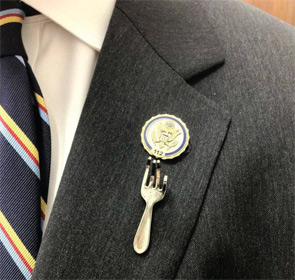

There are two types of visitors to Washington, D.C. The first group consists of the 15 million tourists who visit the capital each year, making it the fourth most popular city to visit in the country. After all, Washington, D.C., is home to countless attractions, almost all of which are free to visit. You can get lost in one of its world-class museums, such as the Smithsonian, which happens to be the world’s largest, holding more than 120 million specimens. There are the monuments honoring soldiers who died in the Civil War, both World Wars, Korea, and Vietnam. The District’s restaurant and bar scene is hopping; The Washington Post rates nearly 900 restaurants located within the confines of its 61 square miles. The architecture is interesting and varied, with elements of neoclassical, modern, gothic, and Georgian design reflected in many of the stately stone edifices. During the War of 1812, British forces invaded the capital in a raid known as the Burning of Washington. The Capitol, Treasury, and White House were burned and gutted during the attack. Though peace has reigned since then between the U.S., Canada, and Great Britain, I suspect that the residents of D.C. did not want to take any chances using wood construction to rebuild their city. After all, can you really trust those wily Canadians?
The other steady stream of visitors to D.C. consists of those citizens who come to meet with their elected representatives regarding all matters of business. One can usually discern the two groups fairly easily: The tourists are constantly snapping photos and their casual attire generally distinguishes them from their nattily dressed compatriots who are in town doing business in D.C.—and doing business in D.C. means lobbying politicians.
I recently had an opportunity to spend a couple of days in Washington as an engaged citizen and invited guest of the ACR Board of Directors annual spring meeting. One of the highlights of this meeting is the board’s annual trek to Capitol Hill to meet with our legislators. We were divided into small groups based upon our state residency so that we could visit the legislators who represent us. Hailing a convoy of cabs, we descended upon the Dirksen Office Building bright and early on a warm Thursday morning—so early in fact, that we successfully avoided the lengthy security check-in lines that typically form later in the day and last until closing.